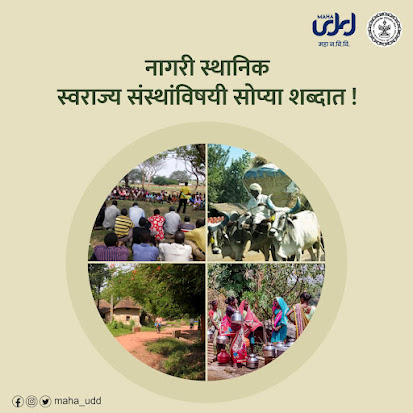The traffic situation made headlines when Chief Minister Eknath Shinde was briefly stuck in a jam at Pune’s Chandni Chowk recently. However, people at large do not know about his efforts to find a holistic solution to the issue.
Much before the Chandni Chowk incident, Shinde had asked the MMRDA on July 16 to formulate a long-term plan to ease traffic congestion in the Mumbai region through the construction of by-passes, flyovers, service roads and underpasses.
Categorising projects
Speed up road connectivity projects, categorise them, focus on short-term and mid-term projects and complete them as early as possible, the CM had said at the review meeting.
Among the 23 projects Shinde wanted to be targeted include the Thane Coastal Road, extension of Eastern Freeway from Ghatkopar to Thane, elevated road between Anand Nagar toll naka and Saket, Kopari Patni bridge, remodelling Teen Hath Naka, Gaimukh-Thane and Gaimukh-Bhiwandi bridges, and Airoli tunnel-Katai Naka road.
Expediting land acquisition
He had instructed district collectors and municipal commissioners within the Mumbai Metropolitan Region — which includes satellite towns in the neighbouring Thane, Palghar and Raigad districts — to extend cooperation over land acquisition and other issues. The CM wanted truck traffic coming from the Jawaharlal Nehru Port Trust and from Ahmedabad to be regulated.
Inaugurating the electric bus depot at Pune railway station on September 2, the CM said that the state government was determined to relieve Punekars of traffic jams by focusing on the stalled works of flyovers, accelerating metro expansion works, providing good roads and improving public bus services.
Role of e-buses
Shinde said that acquisition of e-buses under Faster Adoption and Manufacturing of Hybrid and Electric Vehicles (FAME 2) would be a key part of the plan.
Elaborating on it, Dy CM Fadnavis said that an integrated transport system would be established for Pune city shortly by expanding the metro. For this, he said, the effective use of the public transport system will be determined by integrating various types of apps and e-platforms. Both, the CM and the Dy CM, said that the Maharashtra government would bring radical changes to the public transport system through electric buses.
Big picture
However, the big picture of traffic thrombosis is alarming. To put things in perspective, Pune figures at no 21 in the global TomTom Traffic Index Ranking, 2021. A motorist in Pune spends an average of four days a year stuck in traffic. The survey says that Pune has a congestion percentage of 42, which means that a trip will take an average of 42% more time than that for the baseline uncongested conditions of that city.
Mumbai is at No 5 on the index with a congestion percentage of 53 while Bengluru and Delhi at no 10 and no 11 with identical congestion percentages of 48. The top three are Istanbul, Moscow and Kyiv with congestion percentages of 62, 61 and 56 respectively.
Public transport policy
Going by the TomTom report, a Mumbai motorist spends an average of five days a year stuck in traffic. Obviously, potholes play a large part in this, as do the interminable delay in Metro rail projects, the pathetic traffic management, encroachment, illegal parking and last but not the least, our policies where public transport figures at the bottom.
In fact, experts say that congestion is only a symptom of a larger problem of misplaced priorities when it comes to urban planning and mobility. For instance, everyone agrees that mass transit is the answer, yet bus ridership in India’s metros has declined by 20% over the last decade.
It is a global issue but the CM has already got down to brass tacks. For instance, he got out of his car in Chandni Chowk to get check things as well as to speak to fellow motorists. And he has been following up on the issue ever since. Public transport is close to his heart.
Facebook: https://www.facebook.com/MAHAUDD
Twitter: https://twitter.com/MAHA_UDD
Instagram: https://www.instagram.com/maha_udd/
Blog: https://mahaudd.blogspot.com/
YouTube: https://www.youtube.com/channel/UCe9-Tq8QTPQ4h8IyXp2wbvw
LinkedIn: https://tinyurl.com/2bpdv9sv
Podcasts: https://tinyurl.com/5yrth66x








